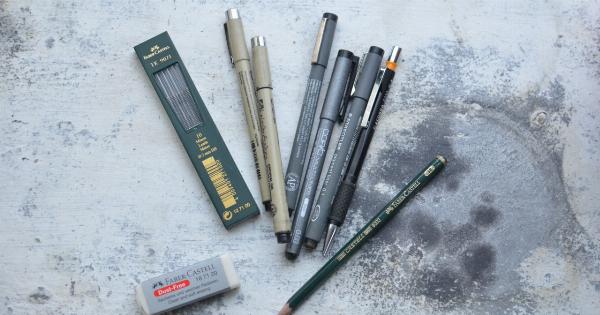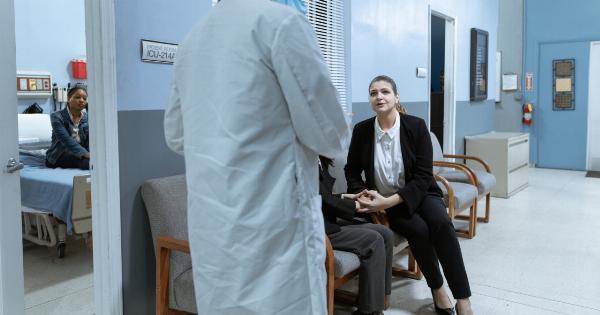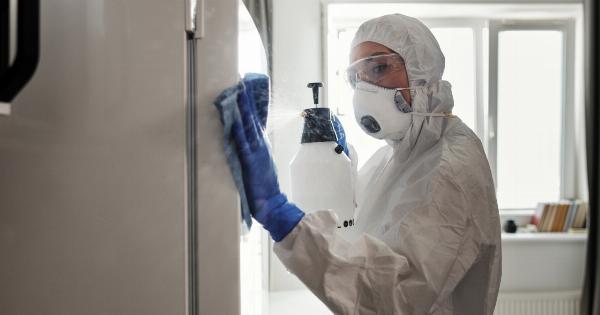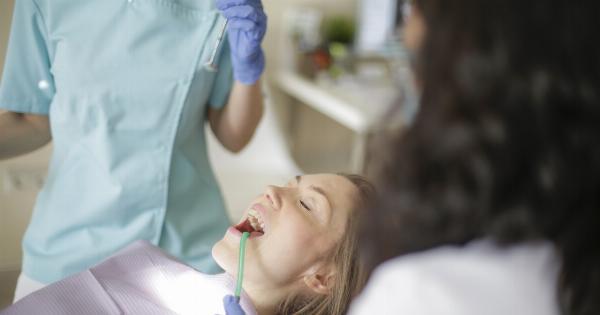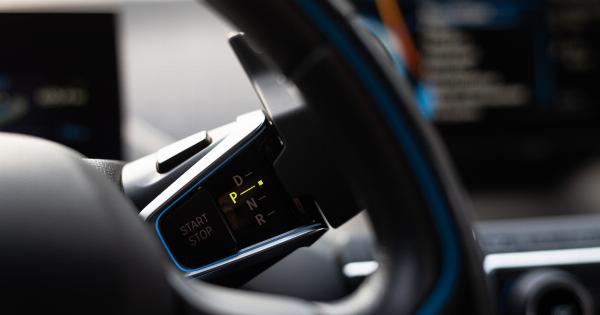Hospital-acquired infections, also known as nosocomial infections, are a serious concern for healthcare providers across the world.
According to the Centers for Disease Control and Prevention (CDC), one in every 31 hospitalized patients in the US acquires at least one healthcare-associated infection (HAI). These infections not only add to the cost of healthcare but also increase the length of stay and lead to poor outcomes for patients.
The need for innovative tools to combat HAIs
Innovative tools are needed for the prevention and control of hospital-acquired infections. Traditional methods such as hand hygiene, isolation, and surface cleaning have not been able to completely eliminate these infections.
Therefore, novel approaches are required to combat the spread of HAIs. Here are two innovative tools that are being used in the fight against HAIs:.
1. Ultraviolet Germicidal Irradiation (UVGI)
UVGI is a disinfection method that uses ultraviolet (UV) light to kill bacteria, viruses, and other microorganisms.
In UVGI, UV-C light (with wavelengths between 200 and 280 nm) is used to disrupt the DNA and RNA of microorganisms, thereby killing or inactivating them. UVGI has been shown to be effective against a wide range of pathogens, including multidrug-resistant organisms such as methicillin-resistant Staphylococcus aureus (MRSA) and vancomycin-resistant Enterococcus (VRE).
UVGI is being used in hospitals as a supplement to routine cleaning and disinfection. The UV-C light is emitted from a portable device that is moved around the room to disinfect surfaces and equipment.
UVGI has been shown to reduce the incidence of HAIs, especially in high-risk areas such as intensive care units (ICUs) and operating rooms (ORs).
2. Automated Room Disinfection (ARD)
ARD is a system that uses hydrogen peroxide (H2O2) and an automated device to disinfect patient rooms. In ARD, the room is first prepared by removing any items that could be damaged by the H2O2 mist.
The H2O2 mist is then dispensed by the automated device, which is placed in the room, for a specified period of time. The mist reaches all surfaces, including those that are difficult to reach manually. After the disinfection cycle is complete, the H2O2 is broken down into water and oxygen.
ARD has been shown to be effective against a wide range of pathogens, including spores. ARD is being used in hospitals as a supplement to routine cleaning and disinfection.
ARD has been shown to reduce the incidence of HAIs, especially in high-risk areas such as ICUs and ORs.
Conclusion
The fight against hospital-acquired infections requires innovative solutions. Ultraviolet Germicidal Irradiation and Automated Room Disinfection are two such tools that are being used in hospitals to control the spread of HAIs.
These technologies have been shown to be effective in reducing the incidence of HAIs, especially in high-risk areas such as ICUs and ORs. More research is needed to further refine and improve these technologies for better infection control.








